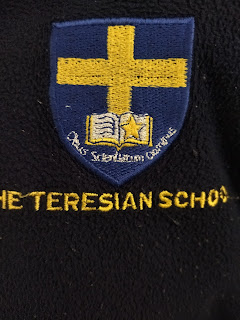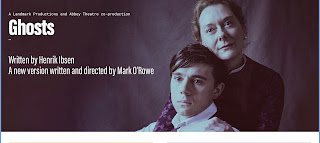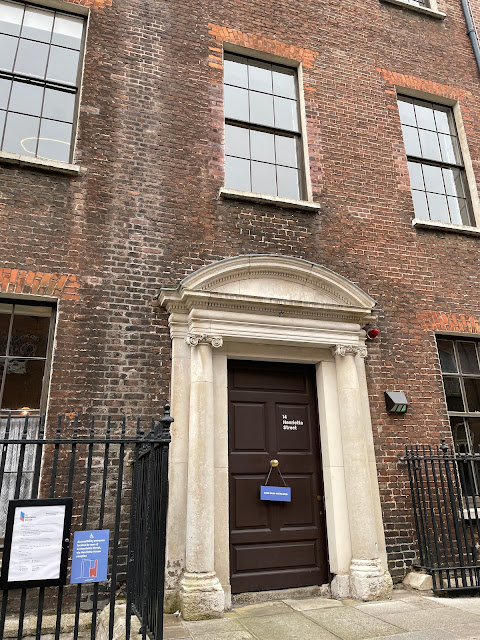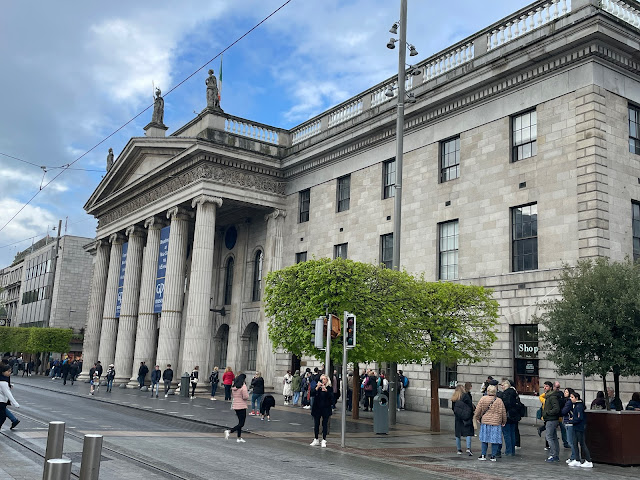The Ninth Day
Some information about the Irish school system
School starts at the age of 4-5 in primary school. Around the age of 12-13 children move into secondary school, which is divided into three junior and 2-3 senior years. Primary schools are co-ed schools which means that there are both boys and girls in the same school. Pupils wear school uniforms with the crest of the school. Religious education is embedded in the curriculum and the school day starts with a prayer. Pupils also get religious teaching during school hours to prepare them for Communion (at the age of 7-8) and Confirmation (at the age of 12-13). Ireland has different types of schools; private and public. 88% of the schools are Catholic. There are a minimum of 182 school days at primary level and 166 at post primary level in Ireland a year (compare 190 days in Finland).
Secondary school is for ages 13-18 and is divided into junior and senior cycle and both cycles are in the same school. Most secondary schools are single sex schools and again pupils use school uniforms. Most schools are quite informal in that the pupils use the first name of their teachers when addressing them. Compulsory subjects are English, Irish, and Maths, and if you are aiming at studying at a university, a modern foreign language.
After the junior cycle pupils take a national exam on many subjects called the junior certificate and at the end of senior school, students take the leaving certification in 5-6 subjects. The leaving cert determines the university and course the student can enter. To get into university you have to pass the maths exam and depending on the subject, you might be required to study certain other subjects as well. Those who want a more practical option would do an apprenticeship. Ireland does not have vocational education in the sense we know it in Finland.
An interesting feature in the Irish education system is the Transition Year. This is an optional year after the junior cycle and before the senior cycle. This year is more relaxed and has no exams. Pupils can spend a few weeks abroad, do three weeks of work experience and choose a variety of activities and lessons. Possible subjects could be e.g. gardening, languages and cultures, charitable activities, setting up a business, sports like camogie (hurling for girls). The sky is your limit. The purpose of the year is to give pupils an opportunity to grow as a person and discover what they want to study after school. The year does not put any academic or exam pressure on the students and should be a fun and rewarding year.
 |
| School crest |
 |
| Classroom |
 |
| School library |
 |
| Gym hall |
 |
| School library |
Some more Irish phrases explained (from Ronan Moore: Irishisms)
What’s the craic? - How are you?
Grand. - Okay (notice the meaning!)
The Big Smoke - Dublin
The Long grass - outside of Dublin
Babby - Note that if an old aunt asks you how the baby is, the answer might be anything from ”She’s almost walking.”, ”out of nappies” or ” started college last September”
Ruckus - noise (made by kids upstairs)
 |
| At the Abbey Theatre |
In the evening we had a chance to go to the national theatre, Abbey Theatre (see the link here), to see Henrik Ibsen’s Ghosts. It was a dramatic and very intense play with no interval. The plot was about how the people in the play reacted and dealt with the ghosts of the past.





Kommentit
Lähetä kommentti